This mask was carved in the typical style of the Marka people of Mali. The mask face features an elongated face, with two protruding horns and the face has been covered with a metal overlay. It measures 28 inches tall and weighs 9 pounds. There is some scuffing and general wear and tear throughout. Please inspect photos. Stand not included.
Bamana Marka African Mask with Metal Overlay 28″ – Mali
Original price was: $400.00.$100.00Current price is: $100.00.
Sold
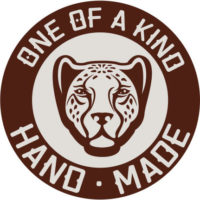
| Type of Object | Mask |
|---|---|
| Country of Origin | Mali |
| Ethnicity | Bamana/Bambara Marka/Warka |
| Material | wood, pigment, sheet metal, hair |
| Approximate Age | Unknown |
| Height (Inches) | 28" |
| Width (Inches) | 11" |
| Depth (Inches) | 7" |
| Weight (Pounds) | 9 lbs |
| Overall Condition | Good with minor imperfections. See photos. |
You must be logged in to post a review.
Tribe Information
About the Bamana People
“The 2,500,000 Bambara people, also called Bamana, form the largest ethnic group within Mali and occupy the central part of the country, in an area of the savannah. They live principally from agriculture, with some subsidiary cattle rearing in the northern part of their territory. The Bambara people are predominantly animists, although recently the Muslim faith has been spreading among them. The Bambara kingdom was founded in the 17th century and reached its pinnacle between 1760 and 1787 during the reign of N’golo Diarra is credited with conquering the Peul people and in and in turned claimed the cities of Djenne and Timbuktu. However, during the 19th century, the kingdom began to decline and ultimately fell to the French when they arrived in 1892. For the most part, Bambara society is structured around six male societies, known as the Dyow (sing Dyo).”
Source:
Baquart, Jean-Baptiste. The Tribal Arts of Africa. New York: Thames and Hudson Inc. 1998. Print.
About the Marka People
“The Warka (also known as Marka) and Bozo tribes occupy the northern region of the Bambara territory. Although they speak different languages, they share a number of institutions and are famous for their masks and puppets. Similar to Bambara Ntomo society masks, Warka masks are generally carved with a comb on top of the head, but unlike Bambara masks they are often covered with metal plaques.”
Source:
Baquart, Jean-Baptiste. The Tribal Arts of Africa. New York: Thames and Hudson Inc. 1998. Print.

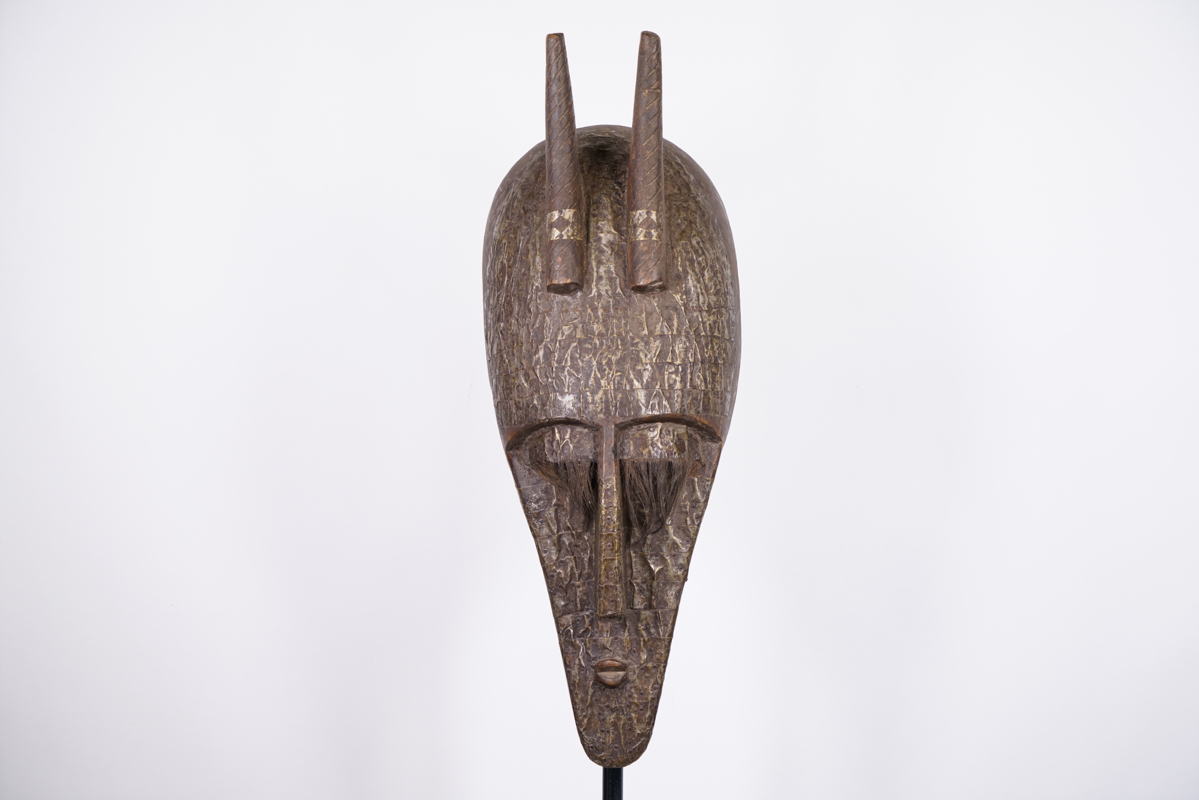
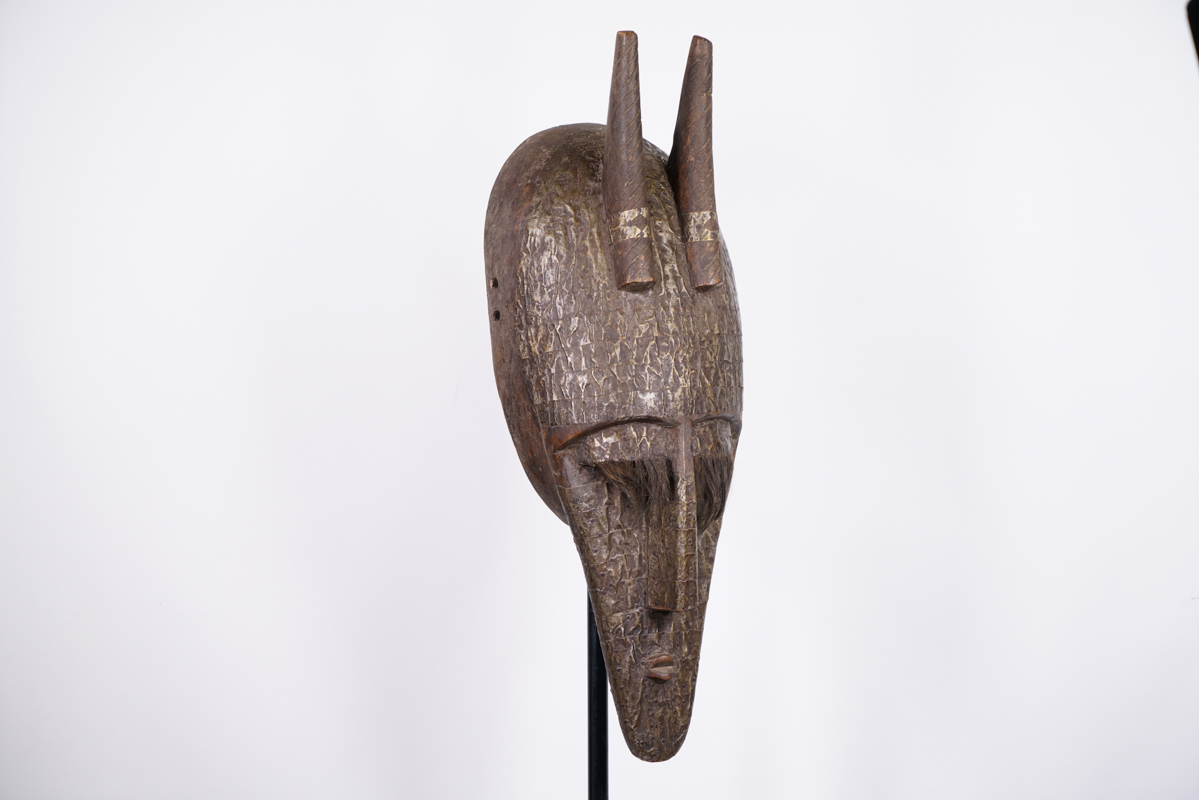
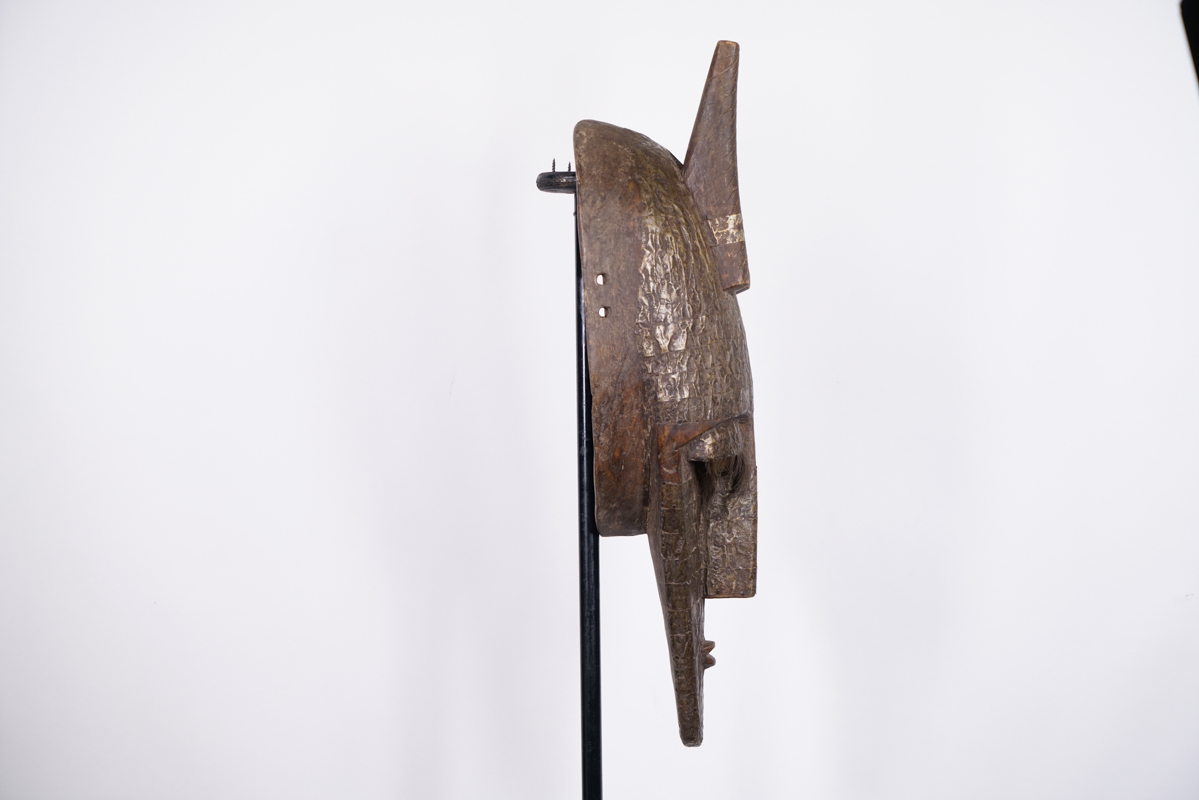

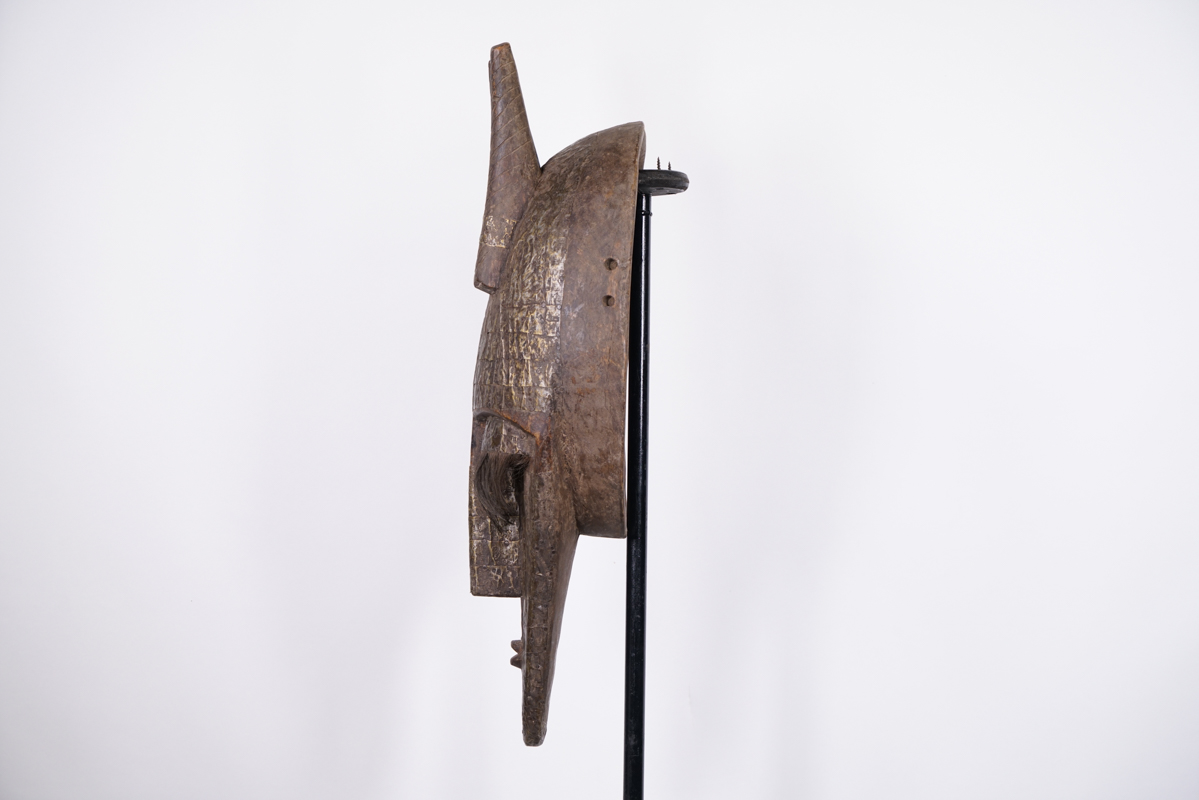
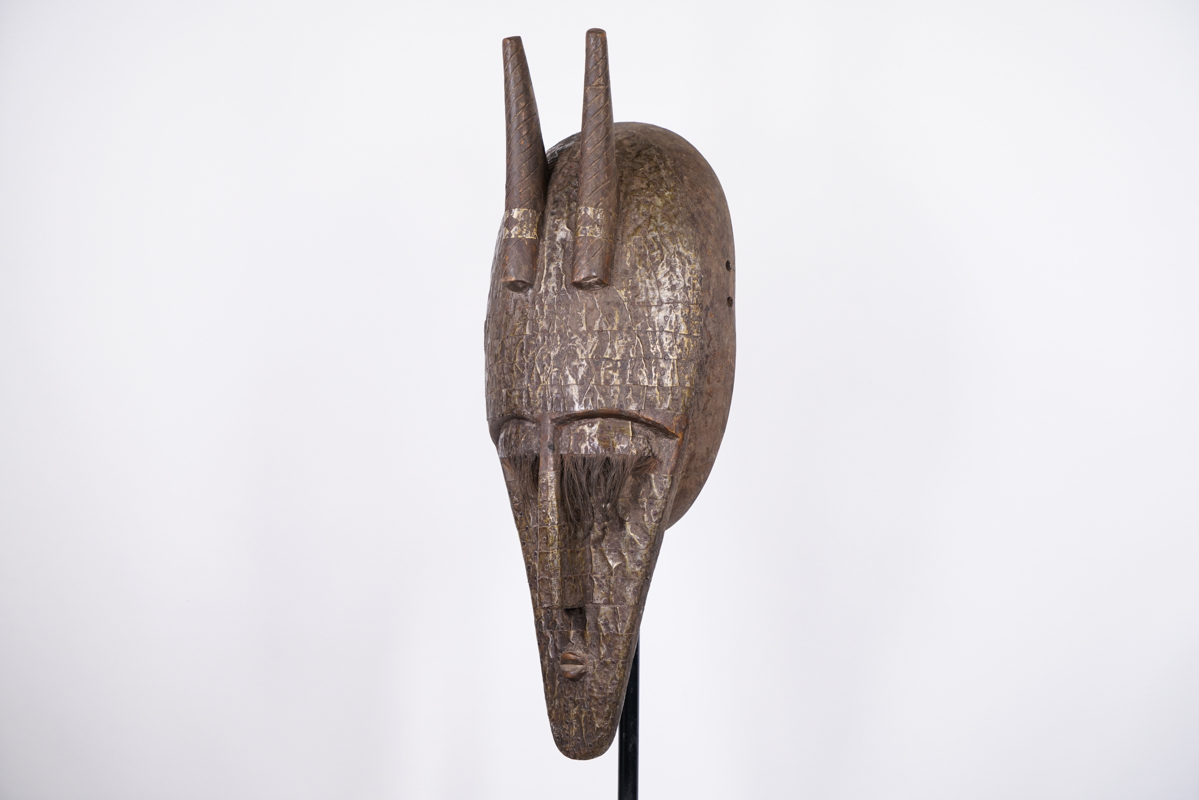
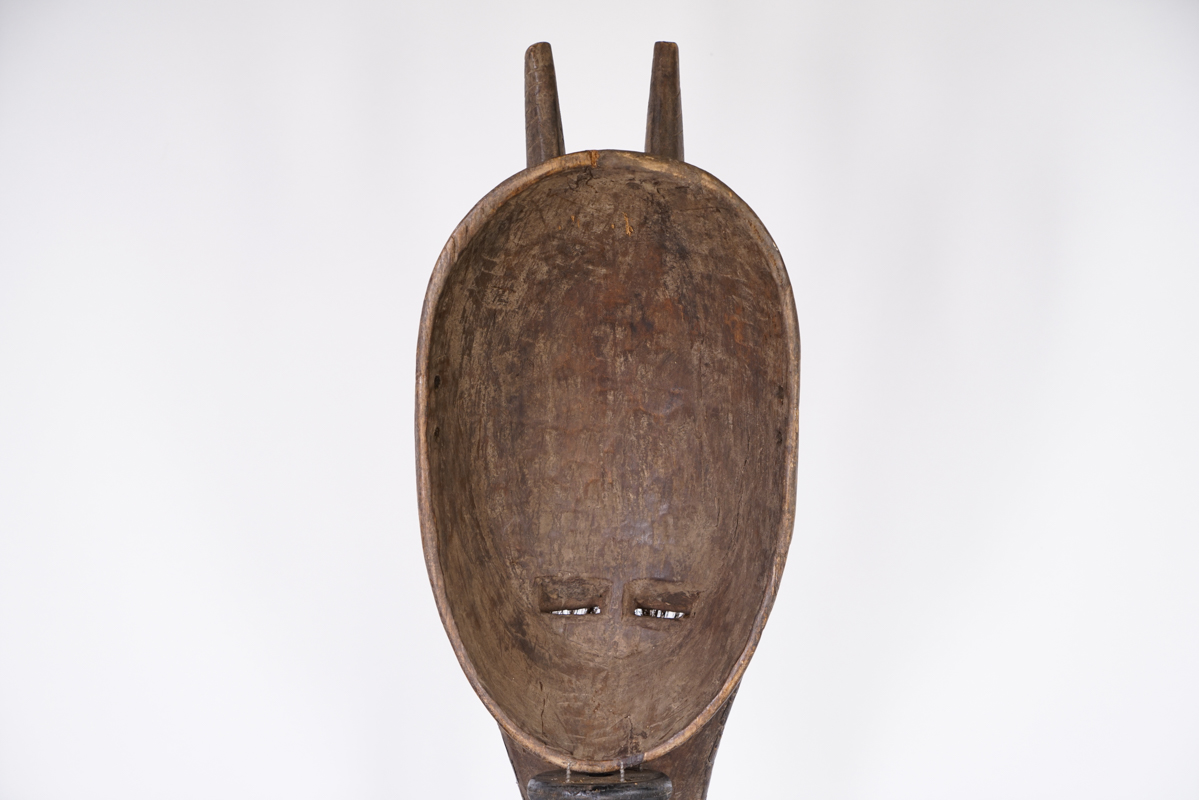
Reviews
There are no reviews yet.